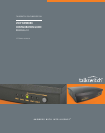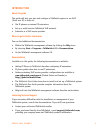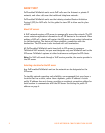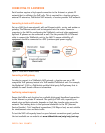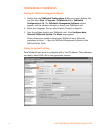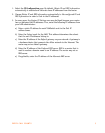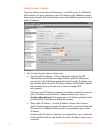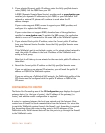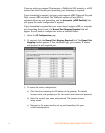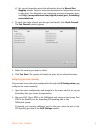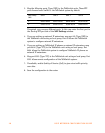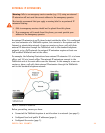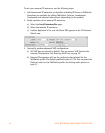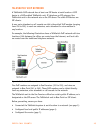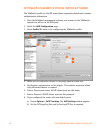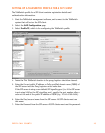2 VOIP NETWORK CONFIGURATION GUIDE
ABOUT VOIP
VoIP-enabled TalkSwitch units route VoIP calls over the Internet or private IP
network, and other calls over the traditional telephone network.
VoIP-enabled TalkSwitch units use the industry-standard Session Initiation
Protocol (SIP) for VoIP calls. In this guide the term SIP is often used in place
of VoIP.
About SIP servers
A VoIP network requires a SIP server to manage calls across the network. The SIP
server contains registration information for all SIP devices in the network. When
making a VoIP call, a device will contact the SIP server to get contact information
for the destination. The device will then establish a connection with the
destination. The SIP server is also involved with call termination.
All VoIP-enabled TalkSwitch units have built-in SIP servers to manage a
TalkSwitch VoIP network, but you must designate only one TalkSwitch unit as the
SIP server. TalkSwitch systems at other locations are configured as SIP clients.
Note: For VoIP calls made through a VoIP service provider, the service provider is
the SIP server.
Selecting a location for the SIP server
Any VoIP-enabled TalkSwitch unit on the network can be designated as the
SIP server.
To simplify network operation and reliability, we recommend that you choose a
location that has a static, rather than a dynamic, public IP address. A static
public IP address does not change, providing a consistent connection address for
each location to communicate with the SIP server. See Setting the public IP
address on page 6.



